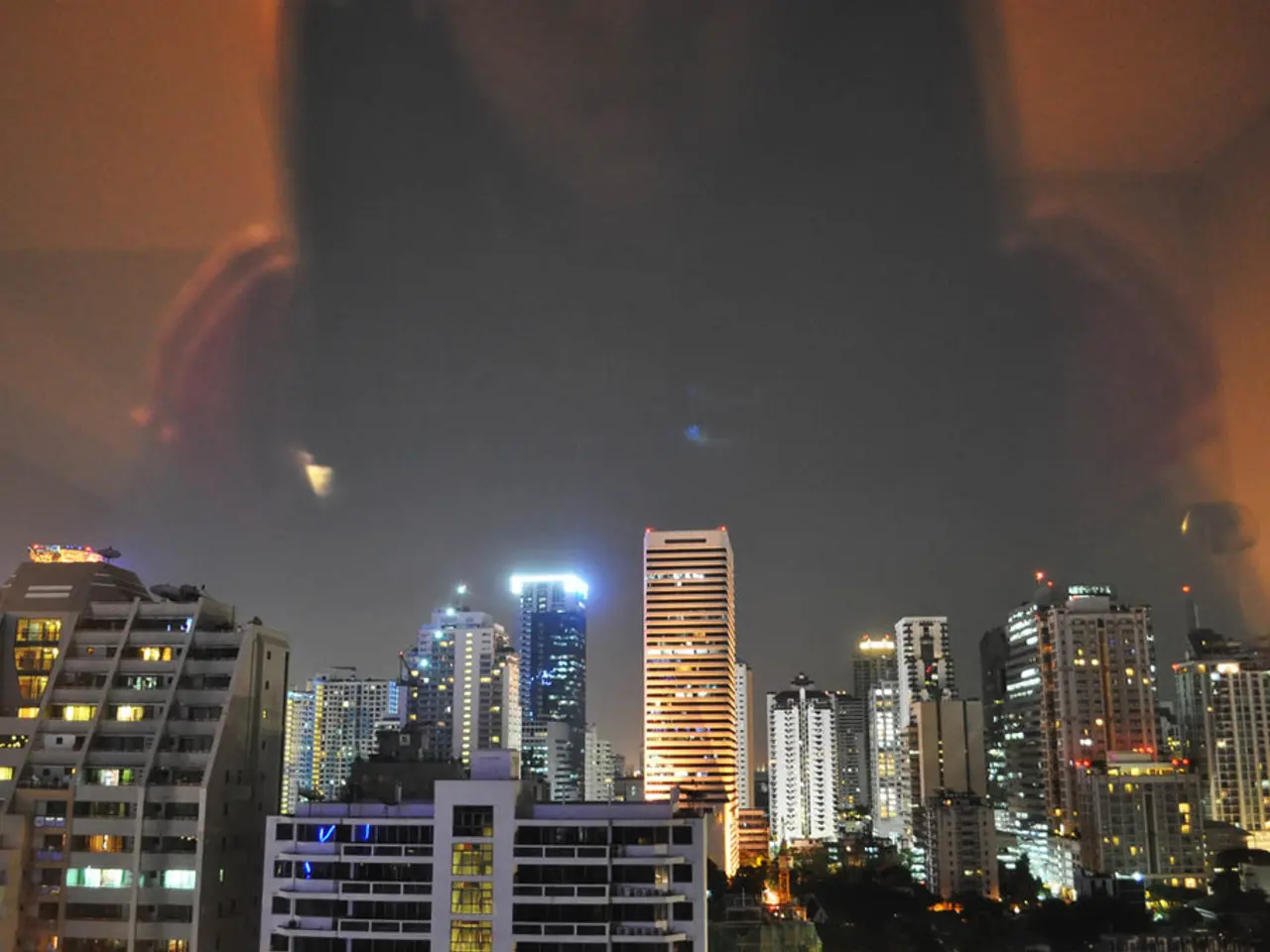Illumination Solutions for Instructors and Overseeing Personnel
Proper task lighting is essential in workplaces to ensure safety, prevent hazards, and protect the vision health of employees. Here are some guidelines to follow for safe task lighting practices.
Conducting a Thorough Lighting Assessment
A comprehensive lighting assessment is crucial to measure illumination levels and identify areas needing improvement. Light meters can be used to ensure compliance with recommended standards for different tasks.
Using Appropriate Lighting Levels
The appropriate lighting levels vary depending on the task. For common office tasks, 300–500 lux is generally sufficient, while detailed or precision tasks may require 500–1000 lux. Emergency and safety-critical areas should have sufficient lighting.
Minimizing Glare and Reflections
To avoid glare and reflections, workstations should be positioned to avoid direct glare from windows or overhead lights. Anti-glare screens on monitors and matte finishes for work surfaces and walls can also help.
Incorporating Natural Light
Where feasible, natural light can be incorporated through windows, skylights, or glass partitions. Taking breaks outdoors can also reduce eye strain and improve well-being.
Implementing Proper Lighting Maintenance
Regular cleaning of fixtures, timely replacement of bulbs, and upgrading to efficient and stable light sources like LEDs are essential to prevent flicker and uneven illumination.
Providing Adjustable Task Lighting
Adjustable task lighting allows workers to customize lighting intensity and direction for precision tasks, reducing eye strain and improving visibility.
Positioning Lights Correctly
Lights should be positioned to direct illumination toward the work area and away from workers' eyes. Lamps with shades or diffusers can also soften light.
Ensuring Safety Standards
Lighting fixtures should meet safety standards, such as being mounted securely above work surfaces, equipped with shatterproof shields, having no exposed live parts, and distributing light uniformly to avoid shadows and poorly lit zones.
Using Appropriate Personal Protective Equipment
In environments where eye hazards exist, safety glasses and goggles should be used to complement good lighting practices and protect vision.
By following these practices, a safe visual environment is promoted that minimizes hazards like slips, trips, and falls, prevents eye strain and injury, and supports overall worker safety and productivity.
Avoiding Inappropriate Lighting and Maintaining Cleanliness
Using only overhead lights can create shadows, making work difficult and dangerous. Light colors on walls, ceilings, and floors should be used to reflect light and keep these surfaces clean.
Poor lighting can cause eyestrain, eye irritation, blurred vision, dry burning eyes, and headaches. Regular replacement and cleaning of lights are necessary to maintain good lighting conditions.
Allowing Time for Eye Adaptation
Allow enough time for your eyes to adapt from a well-lighted to a low-lighted area and vice versa to prevent discomfort.
By implementing these safe task lighting practices, workplaces can ensure a safe and productive environment for their employees.
Read also:
- Connection Between ADHD and Trauma?
- West Nile Virus detected in Kentucky for the first time; authorities advise locals to adopt safety measures
- Digestive issues: Understanding causes, remedies, and further details about acid reflux and excessive burping
- Exploring Botox as a Treatment for Interstitial Cystitis: Insights, Adverse Effects, and Further Details





